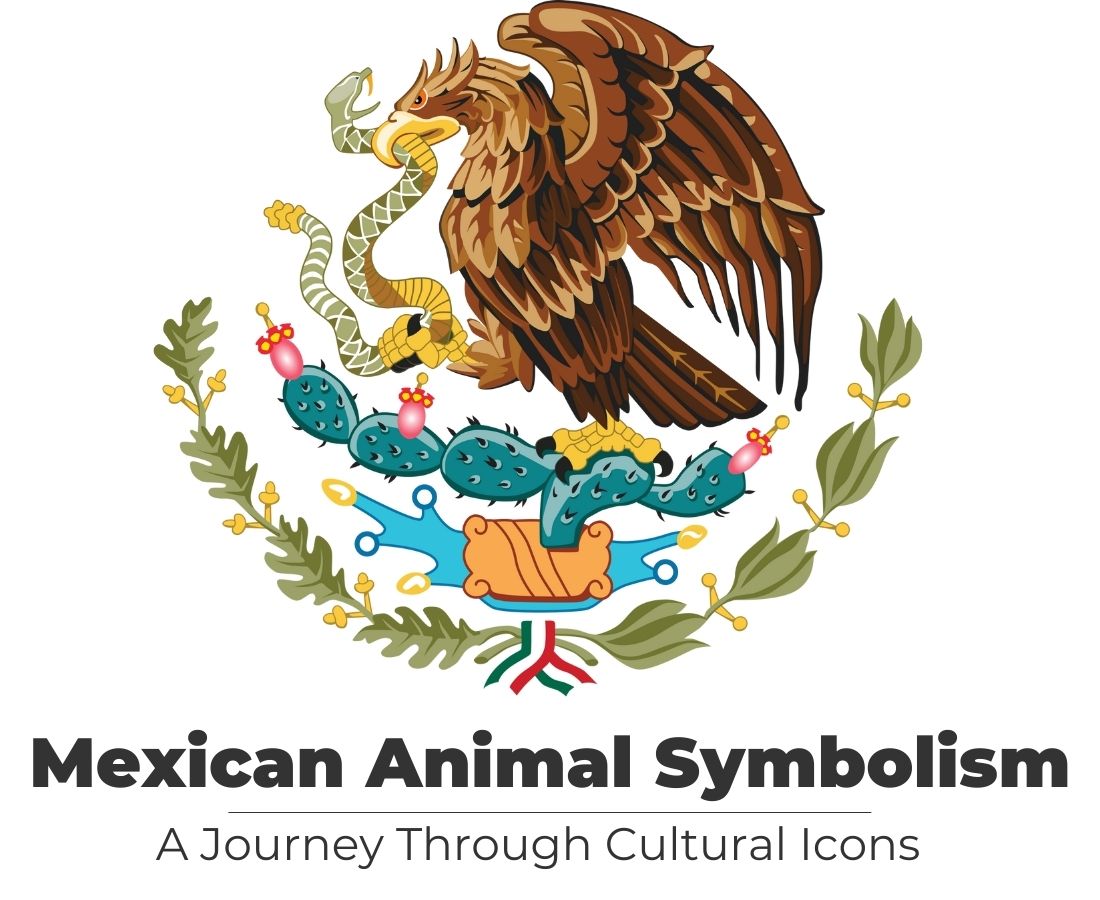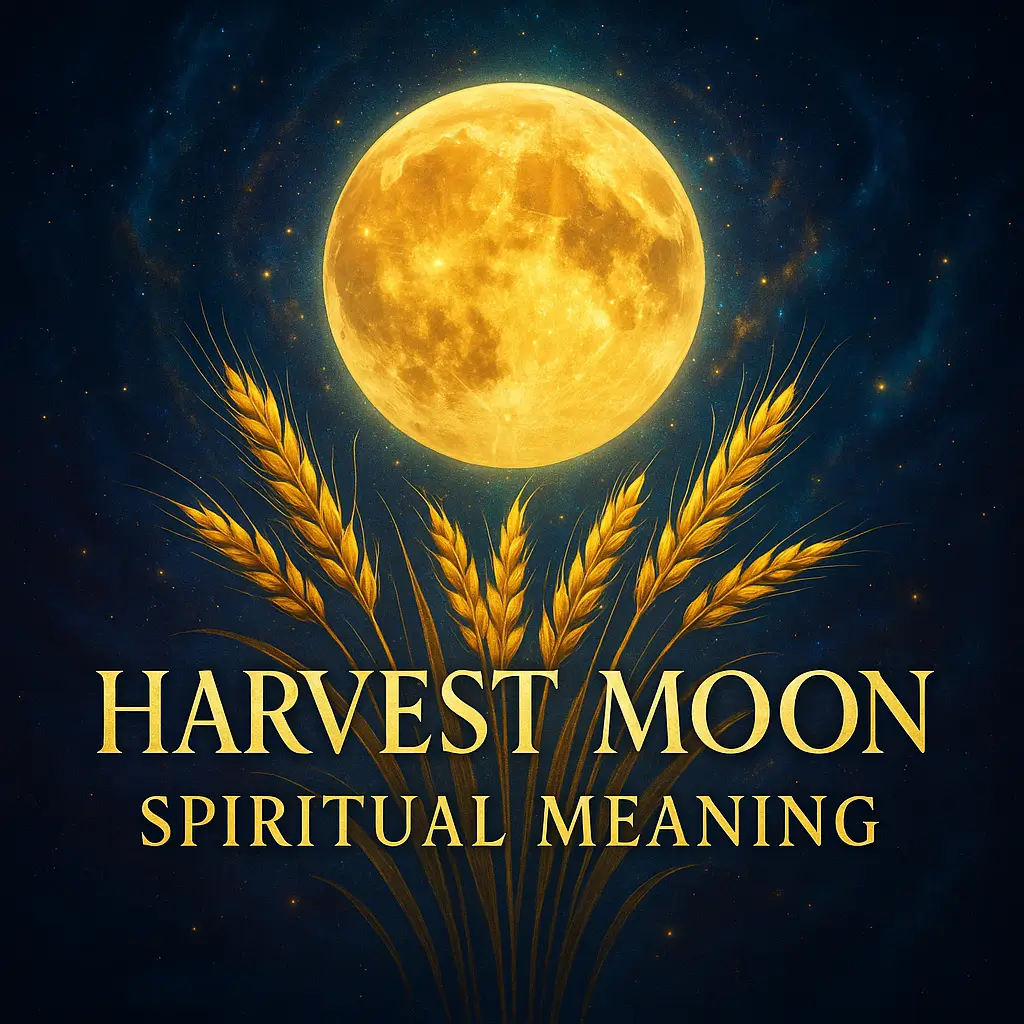In the vibrant tapestry of Mexican culture, animal symbolism weaves a compelling narrative. Ever wondered why the jaguar, a symbol of power, prowls in the heart of Mexican folklore?
Or why the humble armadillo, embodying strength, holds a special place in Mexican art? This article unravels the enigmatic world of Mexican animal symbolism, promising a journey through ancient myths, spiritual beliefs, and national pride.
Stay with us as we delve into this fascinating realm, offering insights that might just transform how you perceive these creatures.
Table of Contents
- 1 Key Takeaways
- 2 Top 10 Mexican Animals
- 2.1 1. Golden Eagle: Strength and National Pride
- 2.2 2. Armadillos: Symbols of Strength
- 2.3 3. Cats: Independence and Freedom
- 2.4 4. Dogs: Loyalty and Protection
- 2.5 5. Xoloitzcuintli: Mexico’s National Dog
- 2.6 6. Hummingbirds: Positivity and Hopefulness
- 2.7 7. Jaguars: Power and Protection from Evil
- 2.8 8. Snakes: Impermanence
- 2.9 9. Alebrijes: Beauty, Mystery, and Magic
- 2.10 10. The Dragon: Passion
- 2.11 Mexican Animals Overview
- 3 Conclusion
- 4 FAQs
Key Takeaways
- Mexican animal symbolism reflects cultural values, beliefs, and national identity.
- Animals like the Golden Eagle, Jaguar, and Alebrijes hold significant symbolism.
- Understanding these symbols provides deeper insight into Mexican culture and heritage.
Top 10 Mexican Animals
Here are the top 10 Mexican animals that captivate with their unique symbolism and cultural significance.
1. Golden Eagle: Strength and National Pride
The Golden Eagle, known scientifically as Aquila chrysaetos, is not just the official animal of Mexico, but it also holds a profound symbolic significance in the country’s culture and history. Its majestic flight and fierce hunting skills reflect the spirit of resilience and dignity that defines the nation.
The Golden Eagle is prominently featured on the Mexican flag, where it is depicted perched on a cactus, devouring a snake. This image is rooted in an ancient Aztec legend about the founding of Tenochtitlan, the capital of the Aztec empire and the site of present-day Mexico City.
According to the legend, the Aztecs were a nomadic tribe in search of a place to settle. They believed that their god, Huitzilopochtli, would send them a sign when they found the right location: an eagle eating a snake on a cactus. When they witnessed this scene on a small island in Lake Texcoco, they decided to build their city there.
Click to read more about the Aztec animal symbols.
The Golden Eagle’s keen eyesight and powerful wings embody the strength and freedom of the Mexican spirit. Its presence on the national flag and its status as the national animal make it a source of pride for the Mexican people, representing the unity and strength of the nation.
In addition to its symbolic significance, the Golden Eagle is also an important part of Mexico’s natural ecosystem. It is one of the largest birds of prey in North America, with a wingspan that can reach up to 7 feet. These birds are known for their incredible hunting skills, often swooping down at high speeds to catch their prey.
By understanding the cultural and ecological significance of the Golden Eagle, we can gain a deeper appreciation for its role in Mexican culture and heritage.
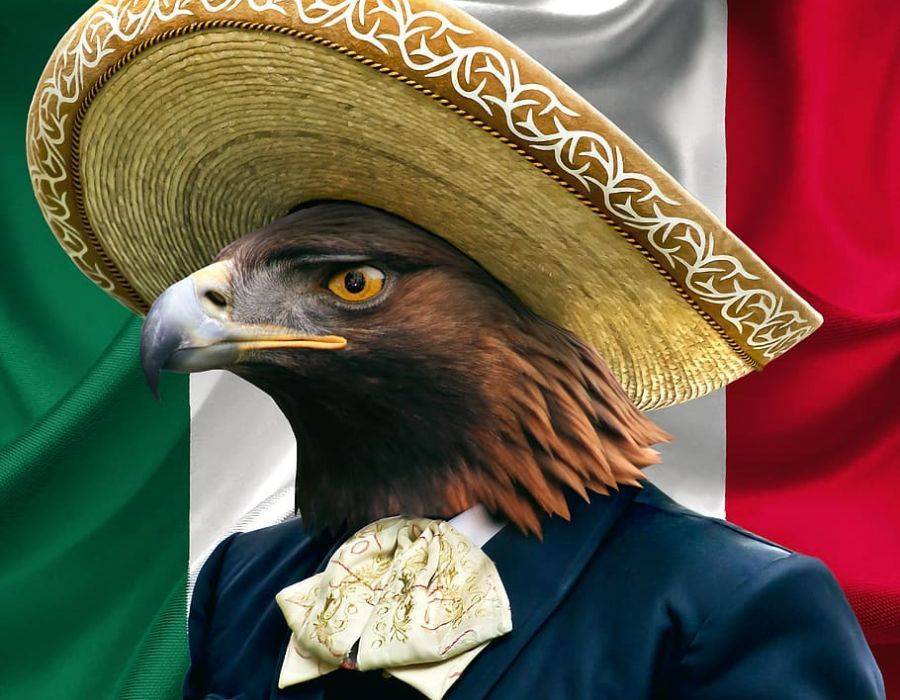
2. Armadillos: Symbols of Strength
The armadillo, a beacon of strength in the rich tapestry of Mexican symbolism, is deeply rooted in real-life examples that exemplify the resilience of the Mexican people. This remarkable creature, with its tenacious spirit and hard shell, mirrors the enduring character of Mexico.
Its presence in folklore and art serves as a powerful testament to the nation’s unwavering spirit in the face of adversity. One such example lies in the vibrant celebration of Día de los Muertos (Day of the Dead).
This annual tradition, deeply cherished by Mexicans, honors departed loved ones and embraces the cycle of life and death. Through the creation of intricate sugar skulls and the construction of elaborate altars, the Mexican people pay homage to their ancestors with profound love and respect.
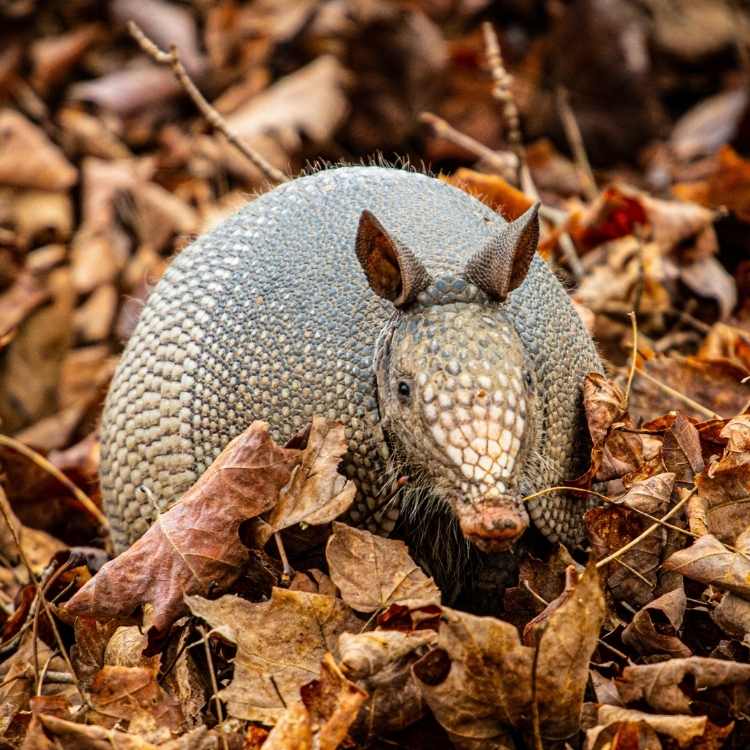
3. Cats: Independence and Freedom
The cat, revered for its independence, symbolizes freedom in Mexican culture. Its agile movements and solitary nature echo the values of autonomy and self-reliance.
In Mexican folklore, cats embody the joy of autonomy and are celebrated as symbols of untamed spirit. For example, during the Carnaval de Veracruz, participants don cat costumes, embracing the spirit of freedom and individuality.
Additionally, the art of Alebrijes showcases the cat’s symbolism of independence. Crafted by skilled artisans, these intricate animal sculptures capture the cat’s untamed spirit and desire for personal freedom.
Types of Mexican Cats
- Mexican Hairless Cat: Also known as Xolo cats, these are a breed of hairless cats that originated in Mexico. They come in different sizes and have a distinctive appearance with smooth, hairless skin.
- Mexican Longhair (Mexican Bobtail): The Mexican Longhair is a breed of cat that has a bobtail, meaning it has a short, stubby tail. They have a semi-long coat that comes in various colors and patterns.
- Jaguarundi: Although not exclusively Mexican, the Jaguarundi is a wild cat species found in Mexico and other parts of Central and South America. They have a sleek, short coat and are known for their unique elongated body and small, rounded ears.
- Mexican Lynx: Also known as the Bobcat or Lynx rufus, the Mexican Lynx is a medium-sized wild cat found in Mexico. They have tufted ears, a short tail, and a spotted or mottled coat.
- Mexican Domestic Shorthair: While not a specific breed, the Mexican Domestic Shorthair refers to the common short-haired cats found in Mexico. These cats can come in various coat colors, patterns, and sizes.
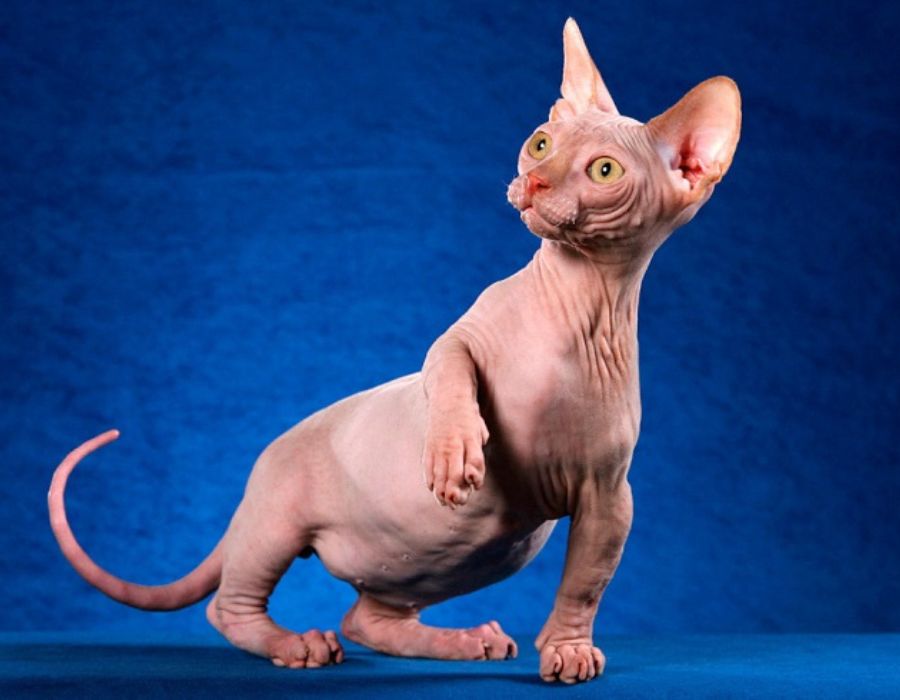
4. Dogs: Loyalty and Protection
Dogs have been companions to humans for thousands of years, and in Mexican culture, they are highly valued for their loyalty and protective nature. This symbolism is deeply rooted in the country’s history and folklore.
In ancient Mesoamerican cultures, dogs were often seen as guides and protectors. They were believed to accompany their owners in the afterlife, providing guidance and protection on the journey. This belief is reflected in archaeological findings, where dog figurines and remains have been found in ancient tombs.
In modern times, the symbolism of dogs as loyal protectors continues to be a significant part of Mexican culture. Dogs are often seen as members of the family, and their protective nature is highly valued. Many Mexican households have dogs, and they are often included in family celebrations and events.
Moreover, dogs also play a role in various Mexican festivals and traditions. For example, during the Day of the Dead celebrations, it is common to see statues and images of dogs, as they are believed to guide the spirits of the deceased during their journey in the afterlife.
In addition to their cultural and symbolic significance, dogs also play practical roles in Mexican society. They are used in a variety of work roles, including herding, hunting, and as service dogs. Their intelligence, trainability, and loyalty make them invaluable companions in these tasks.
5. Xoloitzcuintli: Mexico’s National Dog
The Xoloitzcuintli, commonly known as the Mexican hairless dog, holds the esteemed title of Mexico’s national dog, serving as a living embodiment of the country’s rich heritage and enduring traditions. This ancient breed, deeply rooted in Mexican history, is a symbol of cultural significance.
The Xoloitzcuintli’s distinctive appearance and loyal nature have endeared it to the hearts of the Mexican people, making it an integral part of their culture. Its status as Mexico’s national dog highlights the profound connection between humans and animals throughout the country’s ancient past.
Real-life examples can be found in the vibrant celebration of Día de los Muertos (Day of the Dead), where Xoloitzcuintlis often accompany families during this cherished holiday, symbolizing the belief that the dogs can guide the spirits of loved ones in the afterlife.
6. Hummingbirds: Positivity and Hopefulness
The hummingbird exemplifies the power of potential and inspires awe and wonder with its rapid flight and iridescent plumage. In Mexican folklore and art, the hummingbird is revered as a messenger of hope and joy, carrying uplifting messages to those who encounter its presence.
The hummingbird’s symbolism can be seen in the tradition of creating colorful “papel picado” paper cutouts during festive celebrations like Day of the Dead or Independence Day. These delicate artworks often feature depictions of hummingbirds, serving as visual reminders to embrace life’s beauty and maintain a hopeful outlook, even in the face of challenges.
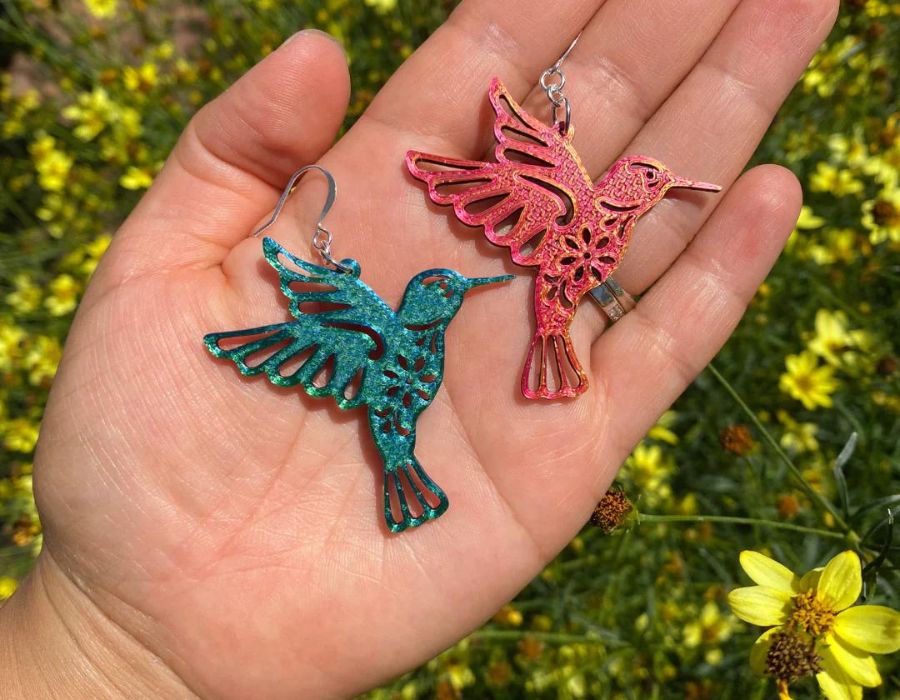
7. Jaguars: Power and Protection from Evil
Jaguars: Power and Protection from Evil
In the heart of the Mexican jungle, the jaguar, Panthera onca, prowls with a silent, commanding presence. This majestic creature, with its powerful build and beautiful rosette-covered coat, is not just an animal; it is a symbol of power and protection from evil, a living embodiment of ancient Mexican myths and legends.
In the time of the ancient civilizations, when the Aztecs, Mayans, and Olmecs walked the earth, the jaguar was revered as a divine creature. The Aztecs saw the jaguar as a representation of Tezcatlipoca, the god of the night sky and the embodiment of change through conflict. The jaguar’s stealth and strength were seen as a reflection of this powerful deity.
Imagine, if you will, the elite Jaguar Warriors of the Aztec civilization, their bodies adorned with jaguar skins, their spirits embodying the power and fearlessness of this magnificent creature. They were the embodiment of bravery and martial prowess, their presence on the battlefield enough to instill fear in the hearts of their enemies.
In the Mayan civilization, the jaguar held a different, but equally significant, role. It was seen as a symbol of the underworld and the mysterious forces of the night. Mayan kings, in their grandeur, would don jaguar pelts as a sign of their authority and connection to the spiritual world.
Fast forward to modern times, the jaguar continues to hold a significant place in Mexican culture. Its image is often used in art, folklore, and cultural ceremonies, a testament to its enduring symbolic power. Yet, the jaguar faces threats from habitat loss and hunting, a stark contrast to the reverence it enjoys in cultural symbolism.
The story of the jaguar in Mexico is a tale of reverence and survival, of ancient myths and modern challenges. It is a narrative that continues to unfold, a testament to the enduring power and mystery of this magnificent creature. By understanding this narrative, we gain a deeper appreciation for the jaguar’s role in Mexican society and its symbolic representation of power and protection from evil.
8. Snakes: Impermanence
The snake, deeply woven into Mexican culture, symbolizes impermanence and finds real-life examples that illustrate its significance. This creature, with its remarkable ability to shed its skin, serves as a reminder of life’s constant changes and the necessity for adaptation and renewal.
The cyclical shedding of the snake’s skin represents the profound cycle of life, death, and rebirth. This symbol of impermanence holds a mirror to the transient nature of existence.
In Mexican culture, the snake’s symbolism is exemplified during the New Year celebrations, where the tradition of burning “Año Viejo” effigies represents the letting go of the old year and embracing the fresh start of the new one.
9. Alebrijes: Beauty, Mystery, and Magic
Alebrijes, fantastical creatures of Mexican folklore, serve as tangible expressions of Mexico’s beauty, mystery, and magic, with real-life examples that showcase the country’s creative spirit and cultural richness.
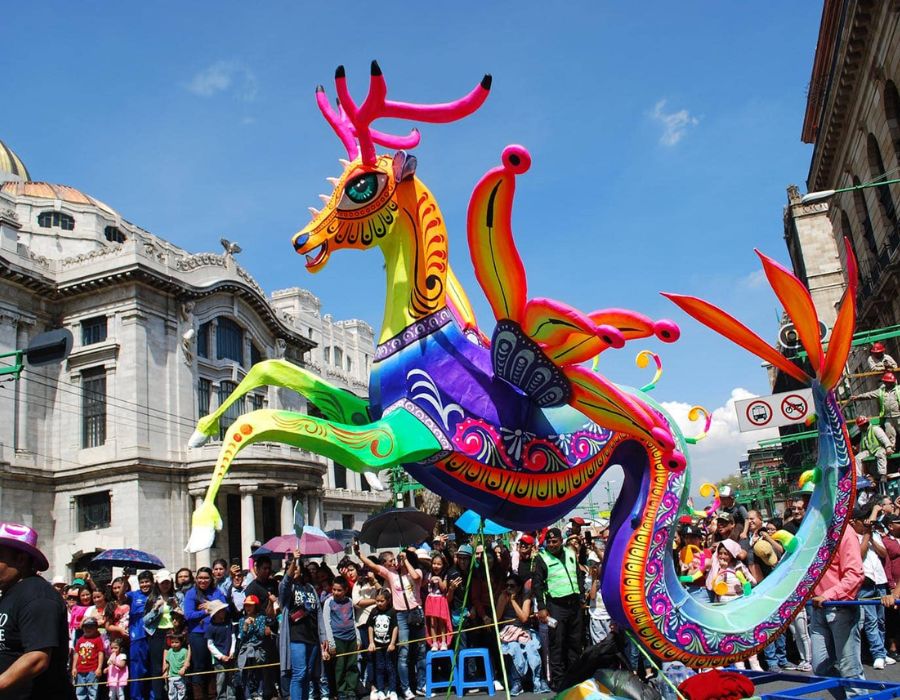
These captivating beings, brought to life through intricate designs and vibrant colors, stand as a testament to the artistic genius of the Mexican people. Crafted by skilled artisans, Alebrijes adorn the streets during the annual Parade of Alebrijes in Mexico City, where these imaginative creations showcase the country’s rich cultural heritage and celebrate the boundless creativity of its people.
10. The Dragon: Passion
In Mexican culture, the dragon holds symbolic significance as a representation of passion, supported by real-life examples that illustrate its integral role. This mythical creature, known for its fiery breath and commanding presence, embodies the intense emotions and fervor deeply rooted in Mexican culture.
The dragon, with its majestic form and fiery breath, serves as a symbol of passion and power. In Mexican folklore and art, the dragon represents the fiery spirit and intense emotions that are intricately woven into the Mexican identity.
The dragon’s symbolism can be found in traditional dances, such as the Danza de los Voladores (Dance of the Flyers), where performers embody the spirit of the dragon as they soar through the air with exhilarating acrobatics.
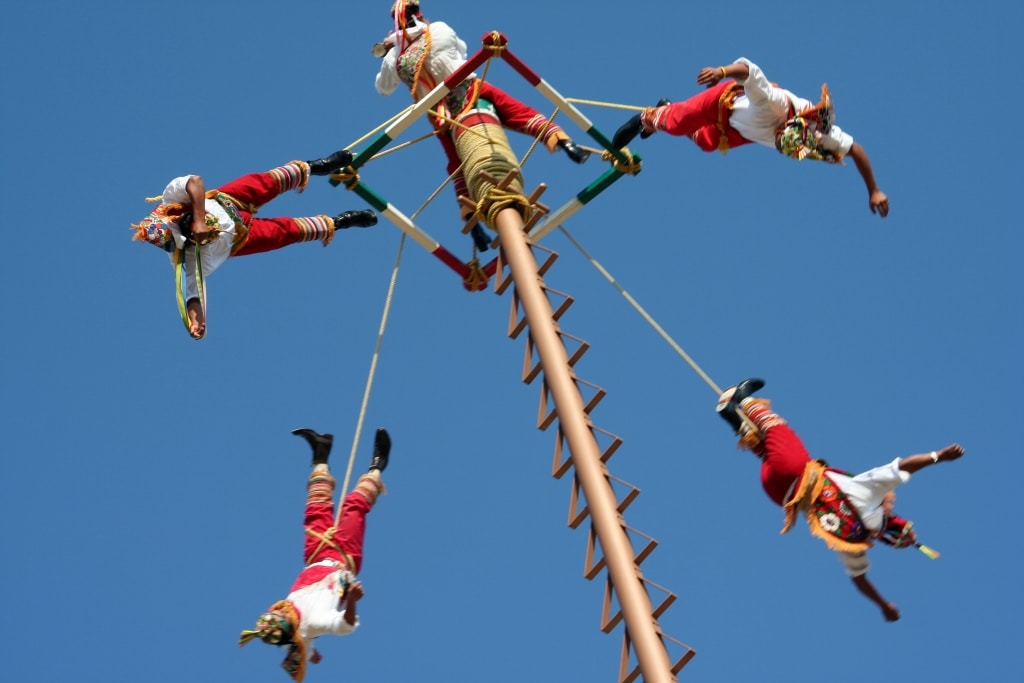
Mexican Animals Overview
| Animal | Symbolic Meaning | Significance in Mexican Culture |
|---|---|---|
| Armadillo | Strength | Represents the resilience and endurance of the Mexican people |
| Cat | Independence and Freedom | Symbolizes autonomy and self-reliance |
| Dog | Loyalty and Protection | Embodies commitment and protection, often seen in ancient Mexican art |
| Hummingbird | Positivity and Hopefulness | Inspires optimism and the belief in the power of potential |
| Golden Eagle | Strength and National Pride | Official animal of Mexico, reflects the spirit of resilience and dignity |
| Jaguar | Power and Protection from Evil | Revered in Mexican mythology, seen as a shield against negative forces |
| Snake | Impermanence | Represents life’s constant change and the need for adaptation and renewal |
| Alebrije | Beauty, Mystery, and Magic | Fantastical creatures of Mexican folklore, represent the country’s creative spirit |
| Xoloitzcuintli | Mexico’s National Dog | Ancient breed, deeply rooted in Mexican history, symbol of the country’s rich heritage |
| Dragon | Passion | Mythical creature, embodies the intense emotions and fervor integral to Mexican culture |
Conclusion
As we conclude this journey through the symbolic menagerie of Mexican culture, it’s clear that animal symbolism intertwines deeply with the nation’s rich tapestry of traditions, values, and beliefs. From the potent power of the jaguar to the humble strength of the armadillo, from the national pride of the Golden Eagle to the magical allure of Alebrijes, each animal tells a story of Mexico’s vibrant cultural identity and resilience.
By understanding the symbolism these animals carry, we gain valuable insight into the heritage, spirituality, and collective consciousness of the Mexican people.
So, the next time you encounter one of these creatures, be it in art, folklore, or even a Mexican street parade, remember – each animal carries a message, a lesson, a fragment of the enchanting narrative that is the heart of Mexico.
This is the mesmerizing world of Mexican animal symbolism, where each creature adds a distinct thread to the country’s rich cultural tapestry.
FAQs
What is Mexican Animal Symbolism?
Mexican animal symbolism is the representation of cultural values, beliefs, and traditions through animals in Mexican culture. Each animal carries a unique symbolism, reflecting various aspects of life, spirituality, and national identity.
What animals represent Mexican culture?
Animals like the Golden Eagle, Jaguar, and Xoloitzcuintli (Mexican hairless dog) are significant in Mexican culture. They symbolize strength, power, and national pride, respectively.
What are the Mexican spirit guide animals?
Mexican spirit guide animals include Alebrijes, fantastical creatures from Mexican folklore. They represent beauty, mystery, and magic, guiding individuals through spiritual journeys.
What is the meaning of the animals in the Mexican flag?
The Mexican flag features a Golden Eagle perched on a cactus, devouring a snake. It symbolizes the Aztec legend of Tenochtitlan’s founding, representing strength, resilience, and the triumph of good over evil.
What does an owl symbolize in Mexican culture?
In Mexican culture, the owl is often seen as a symbol of wisdom and knowledge. It is also associated with the mysteries of the night and the unseen realms of existence.
